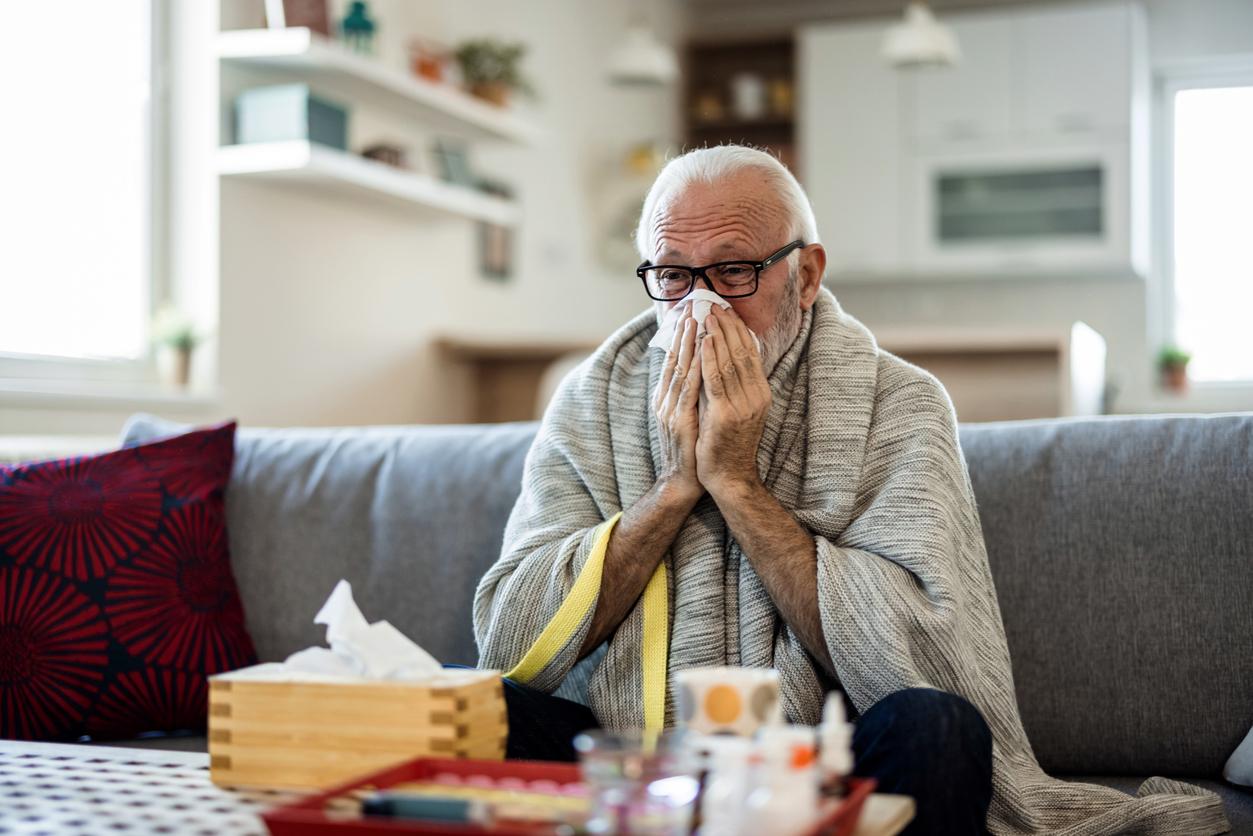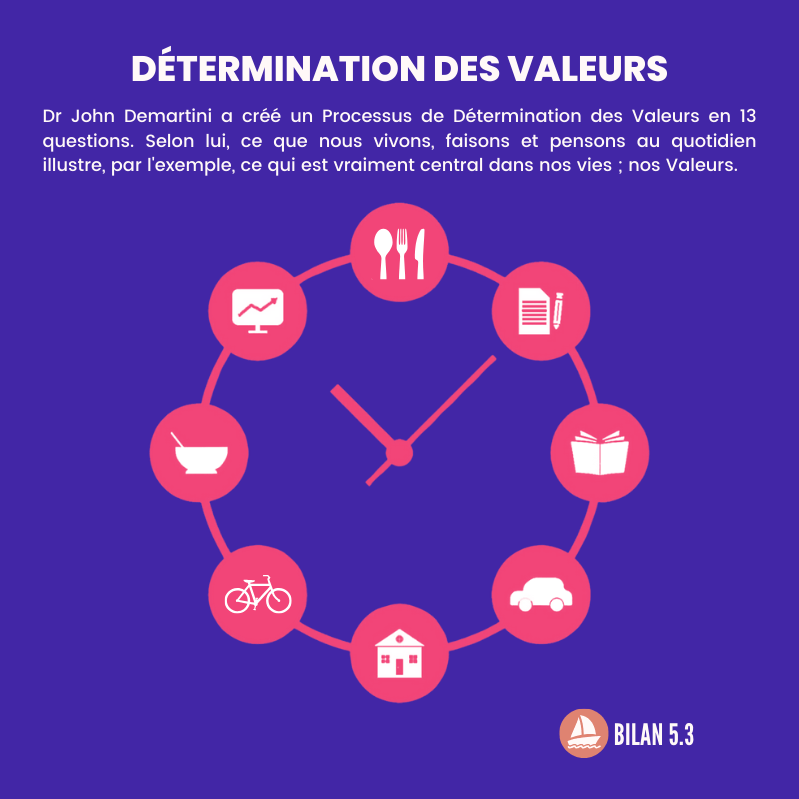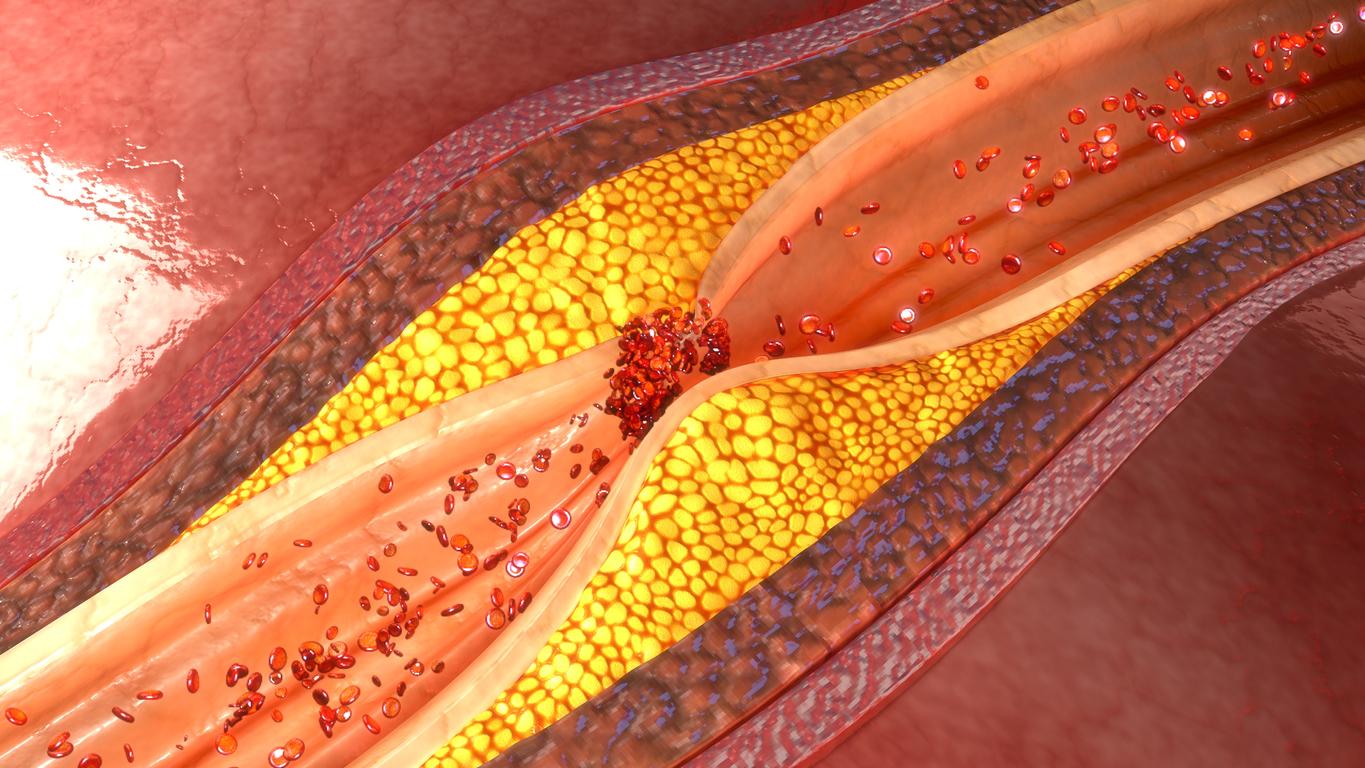For a long time it was said that women were protected by their hormones. However, heart attack and stroke (cerebrovascular accident) now kill more women than men. In addition, they are struck younger and younger (11% of women who have a heart attack are under 50 years old (compared to 4% 20 years ago) whereas, classically, their disease appears 10 years later than in women. men.
Contraception based on estrogen-progestogens (the majority of pills, patches and vaginal rings) promotes blood clotting and therefore the formation of clots. Even more dangerous: the association of cigarettes and the contraceptive oestrogen-progestogen, in particular after 35 years. As cardiovascular diseases are generally underestimated in women, they are also less researched and therefore less well treated. “Diagnostic tests are sometimes less reliable because they were designed based on male physiology“, explains Pr Claire Mounier-Vehier, cardiologist at theHeart Lung Institute of Lille University Hospital.
Another reason for late management: female symptoms differ from those of men. Thus, almost half the time, instead of manifesting itself by the classic pain in the chest radiating to the left arm and the jaw, the infarction is rather signaled by palpitations, shortness of breath, digestive disorders, etc. Signs still too often attributed to a manifestation of anxiety. In the meantime, every woman can also protect herself by adopting new daily habits.
Why stop smoking ?
While the proportion of smokers has dropped in the male population (57% in the 1960s against 32% today), the number of regular smokers continues to increase (at age 17: + 30% between 2008 and 2011) . In addition, the combination of tobacco and the pill is explosive.
- What to do : not starting to smoke obviously offers the best protection. Otherwise, to motivate yourself to quit, you should know that each cigarette increases blood pressure, damages the walls of the vessels, narrows the arteries and facilitates the formation of clots. But, after weaning, the benefits are rapid. After 2 to 12 weeks, circulation improves. After one year, the risk of cardiovascular disease has already halved. In 5 to 15 years, it becomes almost identical to that of a person who has never smoked.
Why monitor blood pressure?
High blood pressure promotes atheroma (deposit of cholesterol inside the arteries) as well as stroke and heart attack (especially after menopause).
- What to do : it is not “normal” for blood pressure to rise with age. This is often due to excess salt (heavy hand on seasoning, cold cuts several times a week) or excessive alcohol consumption (more than 2 glasses a day).
Why reduce sugar?
Having too much sugar in the blood increases the risk of cardiovascular mortality 3 to 7 times in women (2 to 3 times in men).
- What to do : “Limiting weight gain and above all maintaining physical activity are the two main measures to protect yourself,” advises Dr. Jean-Michel Lecerf, head of the nutrition department at the Institut Pasteur de Lille. By consuming part of the glucose for their functioning, the muscles avoid excessive variations in its level in the blood. Many studies have proven, for example, the benefits of a moderate walk after meals.
Why fight sedentary lifestyle?
Insufficiently trained, the heart muscle loses its power. It receives and sends less blood and therefore delivers less oxygen to muscles and organs. Increasingly sedentary, only 53% of women meet the recommendations of the World Health Organization, i.e. 2.5 hours of moderate-intensity activity per week and 1.5 hours of sustained-intensity activity, compared to 70% of men.
What to do : walking, the bicycle on flat ground, swimming without forcing or any other activity that we like (with the approval of our doctor if we have stopped the sport for a long time) strengthen the heart, the breathing, the muscles and the skeleton, and contribute to repelling the other threats which are hypertension, diabetes and excess cholesterol.























